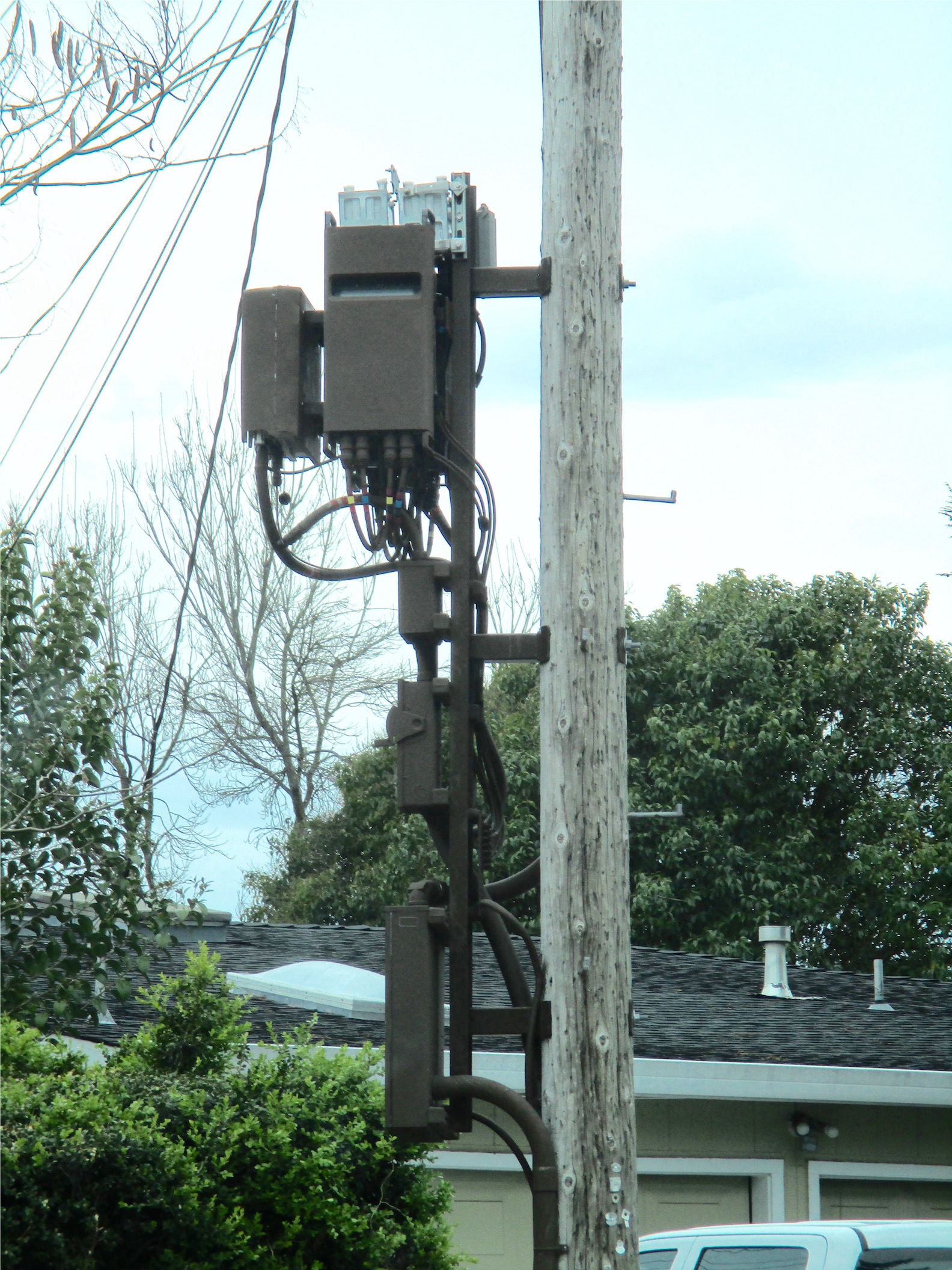If you've ever wandered through a city, you may have seen tiny 5G cell towers placed on poles for street lighting. They appear like tiny boxes however, they're actually transmitting wireless signals from cell phone providers to your phone.
These smaller towers are replacing the larger, purpose-built cell towers. While they're less noticeable, they still can create issues for users.
A of the FCC's Radiation Exposure Thresholds
The FCC's Radiation Exposure Thresholds define the safe distance that one can expose to electromagnetic radiation from wireless devices. The limits of exposure are based upon scientific research that show that RF energy can cause harm to health.
The rate of absorption called the specific absorption rate (SAR) is a measure of the amount of radiofrequency energy taken up by tissues. It's typically 1.6 watts per kilogram, spread over a kilogram of tissue.
Since 5g is able to transmit at higher frequencies and has the potential to increase the intensity of energy on the skin and other exposed body parts. This can lead to many potential problems, including an increased appearance of skin disorders like dermatitis, cancer of the skin and cataracts.

Due to the possible negative effects of 5G radiation, PSU has chosen to establish a general, localized power density limit of 4 mW/cm2 based on the average across 1 centimeter, but not to exceed 30 minutes, for all 5G services running at 3000 GHz. This localized limit is in accordance with the highest SAR that is spatially averaged at 1.6 W/kg, averaged over one grams of tissues at six GHz.
The FCC's Maximum Exposure Thresholds
Have you ever used a cell phone, you're probably aware that a safe location from the tower is around 400 meters. This is because the power of transmission from a cell tower increases dramatically the further you are from it.
While this sounds like something that's good however, people living in close proximity to towers might be more susceptible to health problems. For instance, a study conducted in 2014 in India found that residents who lived within 50m of cell towers experienced significant more health issues than those who were away from the antennas.
But, the study showed that residents who moved to areas further away from cell towers experienced their symptoms return to normal within a few days. Other studies have shown that exposure to high frequencies of radiofrequency electromagnetic fields (EMFs) can cause cancer, brain tumors and other health issues.
This is due to the fact that RF radiation, which is used in wireless communication, can be absorbed by the body's outer layer, which is the skin. It is crucial to know because the skin acts as a shield against injury to the body, infection from pathogenic microorganisms, as well as the entry of harmful substances. It is also the biggest organ of the human body. It is accountable for keeping the integrity of other organs.
The FCC's Minimum Exposure Thresholds for the Minimum Exposure
The FCC's Minimum Exposition Thresholds are based upon numerous assumptions that are not supported by scientific evidence. This includes the false assumption that short-term exposures to RF radiations are not harmful because of the minimal penetration into the body (i.e. the heating of tissues).
This also overlooks the more extensive penetration of ELF components of modulated RF signals and the consequences on the body of short bursts generated by RF waves that are pulsed. These assumptions do not correspond with current understanding of the biological consequences of RF radiation. As https://click4r.com/posts/g/9298806/ , they should not be used for health protective exposure standards.
In addition there is the fact that both ICNIRP and FCC limit its maximum levels of radiation exposure for local peak SARs based on the maximum frequency of absorption (psSAR), which can be described as an inadequate dosimetric tool for determining the level of exposure to RF radiation. Particularly safe distance from cell tower is inconclusive for frequencies that exceed 6 GHz. Furthermore, psSAR has not been tested for RF radiation with co-exposure to other agents of the environment such as sunlight. In the event of interactions, RF radiations with different environmental agents may result in antagonistic or synergistic results. This can lead to an increased risk of negative health adverse effects. For example, co-exposure to RF radiation along with exposure to sunlight can raise the chance of skin cancer, as well as aggravate other skin conditions like acne.
